Published in 2017 by
Lucent Press, an Imprint of Greenhaven Publishing, LLC
353 3rd Avenue Suite 255
New York, NY 10010
Copyright 2017 Greenhaven Press, a part of Gale, Cengage Learning
Gale and Greenhaven Press are registered trademarks used herein under license.
All new materials copyright 2017 Lucent Press, an Imprint of Greenhaven Publishing, LLC.
All rights reserved. No part of this book may be reproduced in any form without permission in writing from the publisher, except by a reviewer.
Designer: Deanna Paternostro Editor: Jennifer Lombardo
Cataloging-in-Publication Data
Names: Gatti, Christina.
Title: The dangers of diet drugs / Christina Gatti.
Description: New York : Lucent Press, 2017. | Series: Drug education library | Includes index. Identifiers: ISBN 9781534560055 (library bound) | ISBN 9781534560062 (ebook)
Subjects: LCSH: Weight loss preparations--Juvenile literature. | Appetite depressants--Juvenile literature.
Classification: LCC RM222.2 G3877 2017 | DDC 613.2'5-dc23 Printed in the United States of America
CPSIA compliance information: Batch #CW17KL: For further information contact Greenhaven Publishing LLC, New York, New York at 1-844-317-7404.
Please visit our website, www.greenhavenpublishing.com . For a free color catalog of all our high-quality books, call toll free 1-844-317-7404 or fax 1-844-317-7405.
INTRODUCTION
A Dangerous Obsession
CHAPTER ONE
The Beginning of Dieting and Diet Pills
CHAPTER TWO
The Introduction of Fen-Phen
CHAPTER THREE
Supplements: An Overview
CHAPTER FOUR
The Dangers of Ephedra
CHAPTER FIVE
Abuse of Diet Drugs
T he development of drugs and drug use in America is a cultural paradox. On the one hand, strong, potentially dangerous drugs provide people with relief from numerous physical and psychological ailments. Sedatives such as Valium counter the effects of anxiety; steroids treat severe burns, anemia, and some forms of cancer; morphine provides quick pain relief. On the other hand, many drugs (sedatives, steroids, and morphine among them) are consistently misused or abused. Millions of Americans struggle each year with drug addictions that overpower their ability to think and act rationally. Researchers often link drug abuse to criminal activity, traffic accidents, domestic violence, and suicide.
These harmful effects seem obvious today. Newspaper articles, medical papers, and scientific studies have highlighted the many problems drugs and drug use can cause. Yet, there was a time when many of the drugs now known to be harmful were actually believed to be beneficial. Cocaine, for example, was once hailed as a great cure, used to treat everything from nausea and weakness to colds and asthma. Developed in Europe during the 1880s, cocaine spread quickly to the United States, where manufacturers made it the primary ingredient in such everyday substances as cough medicines, lozenges, and tonics. Likewise, heroin, an opium derivative, became a popular painkiller during the late 19th century. Doctors and patients flocked to American drugstores to buy heroin, described as the optimal cure for even the worst coughs and chest pains.
As more people began using these drugs, though, doctors, legislators, and the public at large began to realize that they were more damaging than beneficial. After years of using heroin as a painkiller, for example, patients began asking their doctors for larger and stronger doses. Cocaine users reported dangerous side effects, including hallucinations and wild mood shifts. As a result, the U.S. government initiated more stringent regulation of many powerful and addictive drugs, and in some cases outlawed them entirely.
A drugs legal status is not always indicative of how dangerous it is, however. Some drugs known to have harmful effects can be purchased legally in the United States and elsewhere. Nicotine, a key ingredient in cigarettes, is known to be highly addictive. In an effort to meet their bodys demands for nicotine, smokers expose themselves to lung cancer, emphysema, and other life-threatening conditions. Despite these risks, nicotine is legal almost everywhere.
Other drugs that cannot be purchased or sold legally are the subject of much debate regarding their effects on physical and mental health. Marijuana, sometimes described as a gateway drug that leads users to other drugs, cannot legally be used, grown, or sold in half of the United States. However, some research suggests that marijuana is neither addictive nor a gateway drug and that it might actually have a host of health benefits, which has led to its legalization in many states for medical use only. A handful of states also permit it to be used recreationally, but the debate on this matter still rages.
The Drug Education Library examines the paradox of drug use in America by focusing on some of the most commonly used and abused drugs or categories of drugs available today. By discussing objectively the many types of drugs, their intended purposes, their effects (both planned and unplanned), and the controversies surrounding them, the books in this series provide readers with an understanding of the complex role drugs play in American society. Informative sidebars, annotated bibliographies, and lists of organizations to contact highlight the text and provide young readers with many opportunities for further discussion and research.
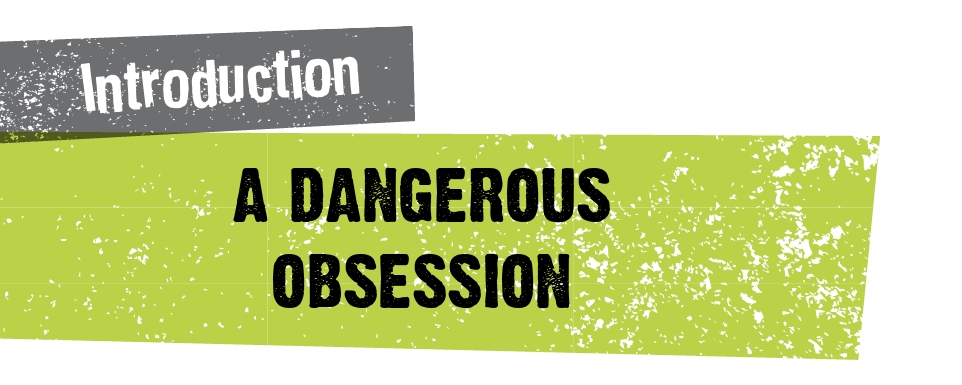
O besity has reached epidemic proportions in the United States today. According to the U.S. Centers for Disease Control and Prevention (CDC), about 36 percent of adults and 17 percent of children in the United Statesmore than 100 million peopleare obese, and the rate is rising. Being overweight or obese has been shown to lead to debilitating and often fatal health consequences, such as heart disease, diabetes, and hypertension. The exact number of deaths it causes is difficult to calculate, as it is not always known whether obesity was the cause of a particular health condition. Various studies have produced estimates of anywhere from 5 percent to 18 percent of deaths resulting from obesity in the United States. The only thing that is currently known for certain is that obesity can contribute to poor health.
.jpg)
In addition to being concerned about health, many people are concerned about image. Although the body positivity movement has gained followers in recent years, many cultures around the world still promote being thin as the ideal body type. People who are overweight or obese may have more difficulty losing weight and keeping it off in the long term. Those who are dissatisfied with their health or body image may turn to quick fixes such as fad diets, which can promote eating disorders. One of the more disturbing trends in recent years is the use of dangerous diet drugs.

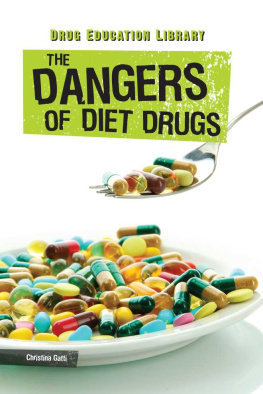


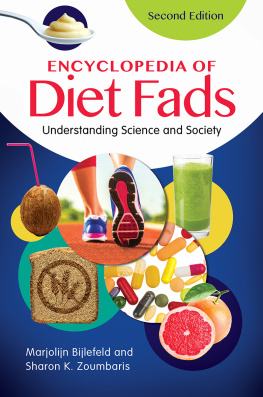
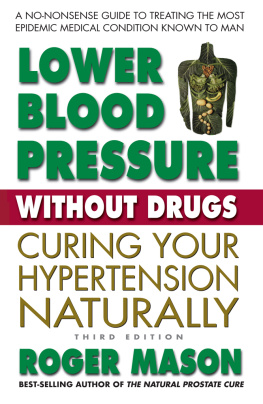
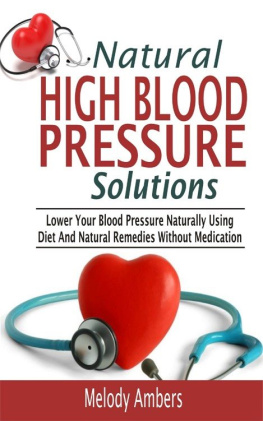

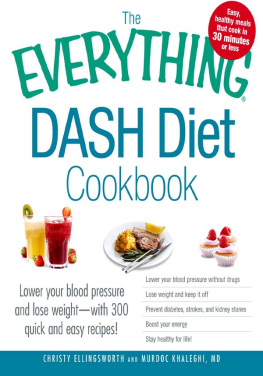

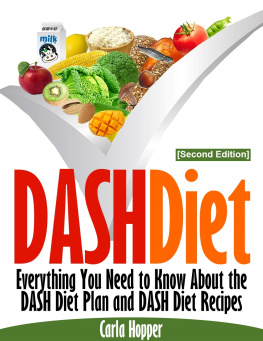
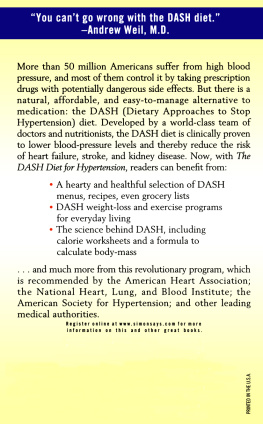
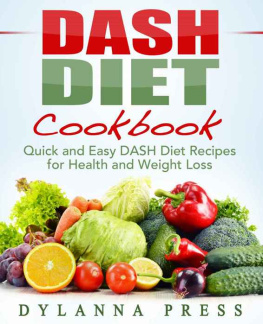
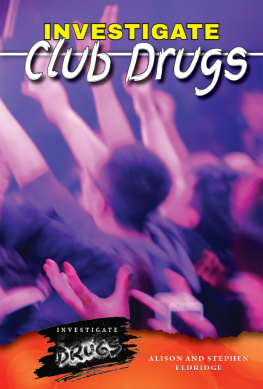
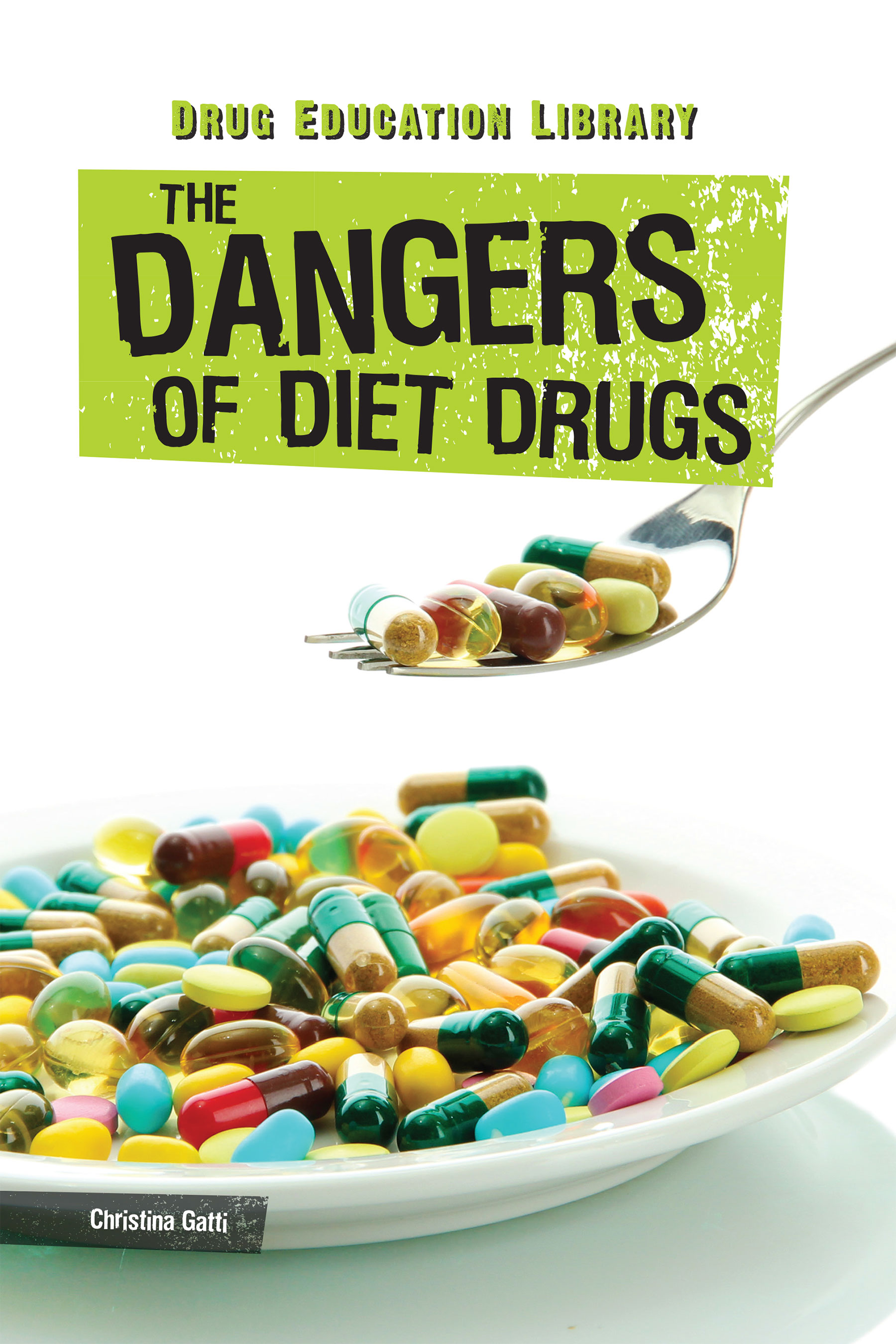
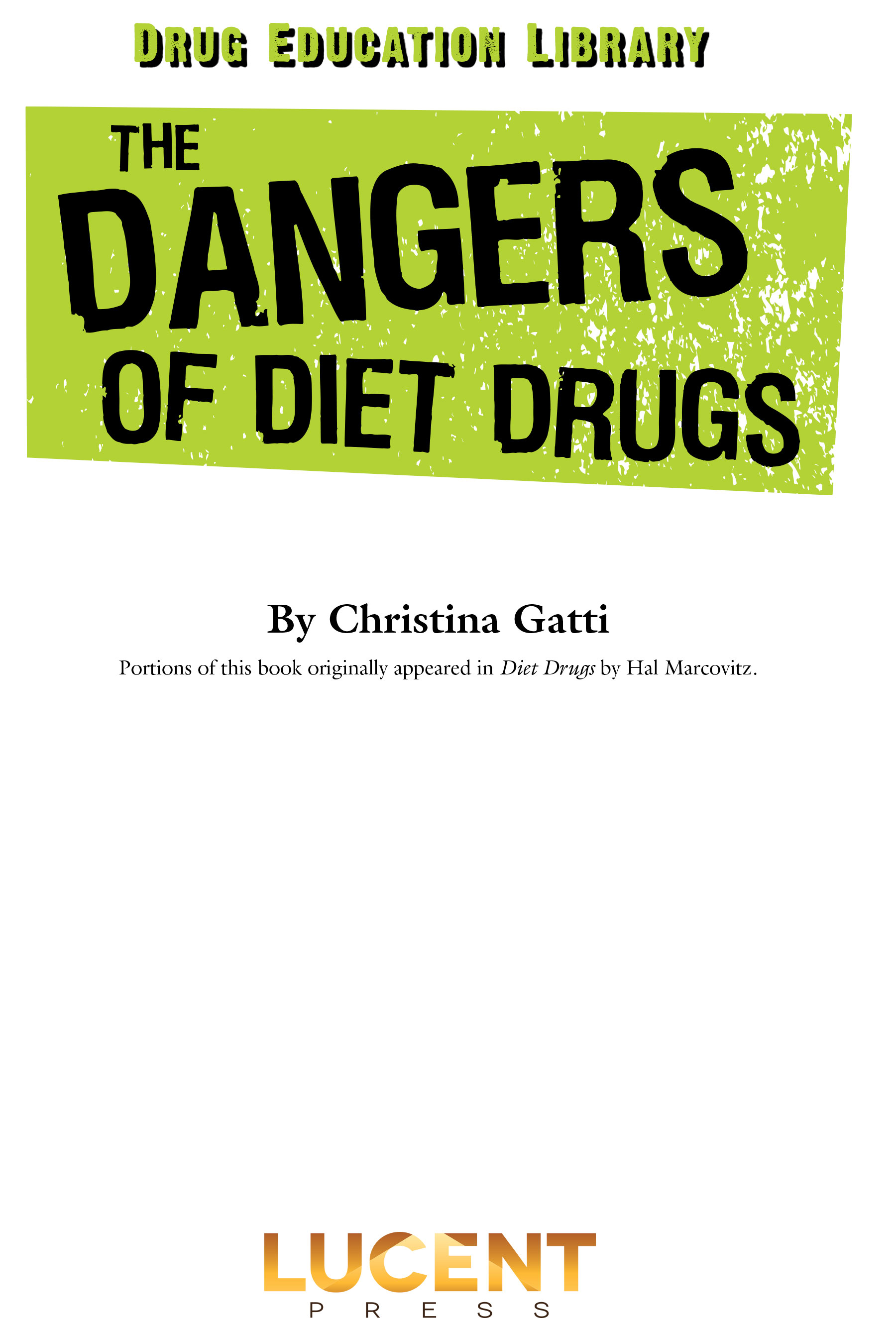



.jpg)